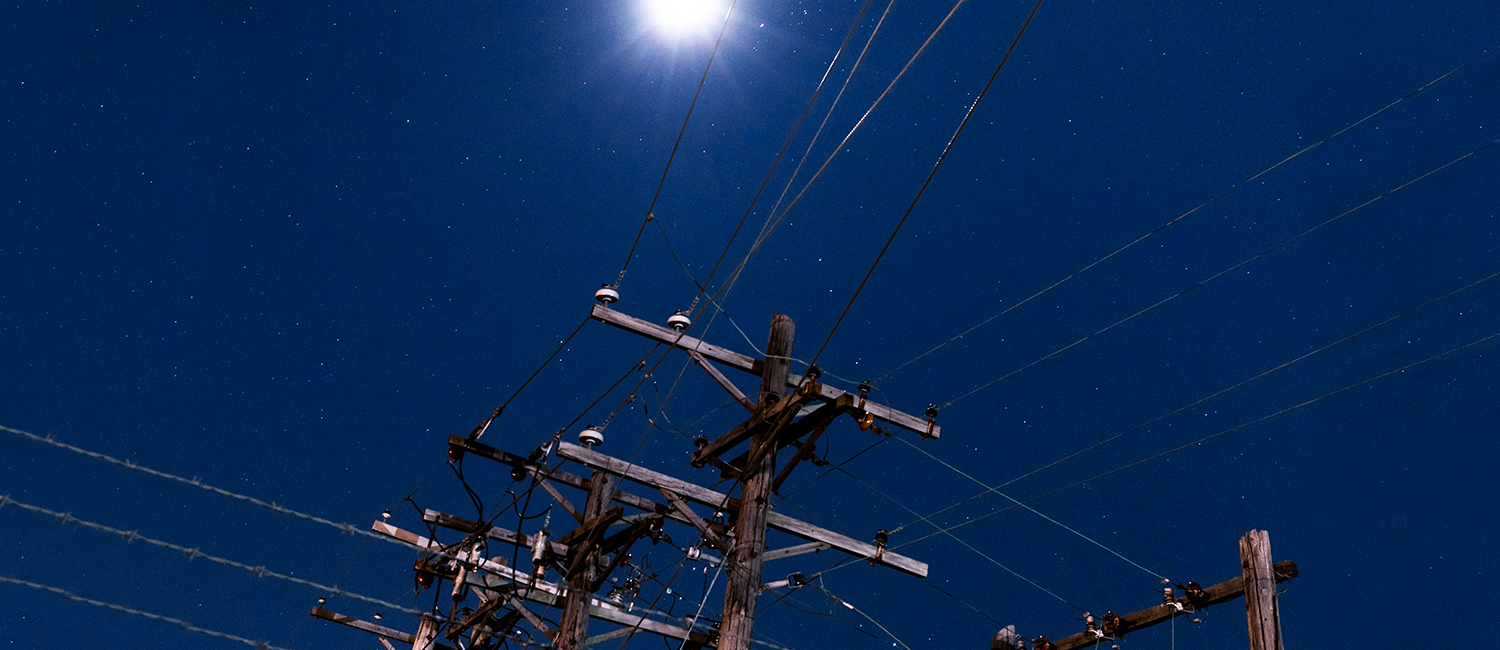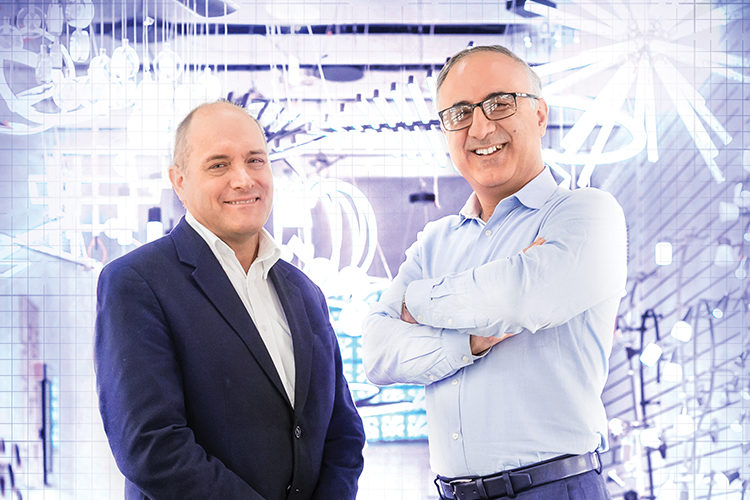
Bringing energy reliability to light
Microgrids can play a key role in powering the future
The power went out in parts of New York City twice within eight days in July 2019. Blackouts may be nothing new, but they’re becoming more common in the United States. Over the past two decades, the incidence of blackouts – discounting those caused by natural disasters – has doubled.
In fact, Americans experience more power outages than people in any other developed nation in the world. Fueled by the perfect storm of high demand, aging infrastructure and extreme weather brought on by climate change, the problem shows no sign of abating. Experts say the national network of energy distribution equipment, simply called “the grid,” needs an upgrade.
It will not be an easy task, says Adel Nasiri, who holds the Richard and Joanne Grigg Professorship in the College of Engineering & Applied Science, because it’s not a matter of simply replacing old parts.
“We need a future grid that is made up of smaller, flexible units that can operate either as part of the whole or as independent agents,” Nasiri says. “In short, we need microgrids.”
Microgrids are power sources for a limited area, such as a factory complex or military base, that integrate different kinds of energy, often including renewables. Although not yet in widespread commercial use, microgrids can be connected to the main grid – and contribute energy to it – or operate disconnected, serving as backup power for the immediate vicinity.
Although microgrids can provide supplemental power to keep the lights on during a blackout, Nasiri believes they have a much bigger role to play. He and Robert Cuzner, associate professor of electrical engineering, are researching how microgrids can be models for transforming early 20th-century infrastructure into an automated, modern system. Realizing that vision is within reach, says Nasiri, an expert in the architecture of microgrids.

At UWM’s Connected Systems Institute, researchers from the Lubar School of Business and the College of Engineering & Applied Science are helping industry better manage manufacturing by analyzing and optimizing factories using sensors, software and artificial intelligence. That same concept is part of what makes microgrids so promising.
A main feature of microgrids is their embedded sensor network that streams information in real time. The main power grid, by and large, doesn’t have this ability. If it did, it would be much more reliable.
The grid distribution system that carries electricity from power plants to consumers has evolved since the late 1800s without a comprehensive plan. It’s grown to meet demand through a patchwork of improvements that needed to be compatible with the original infrastructure. The grid was designed to work with power plants that dispatch electricity in amounts that match, as closely as possible, with user demand. Keeping that balance is necessary because power plants can’t store energy. If it’s not used immediately, it’s lost.
Integrating microgrids with the main grid was a pie-in-the-sky notion as recently as 10 years ago, mainly because microgrids couldn’t adjust the output of their various energy sources like power plants could. But Nasiri’s research helped pave the way for microgrids’ commercial use. He did so by integrating better energy storage techniques.
Take, for example, a microgrid incorporating wind energy. Winds tend to pick up at night, so wind turbines generate more energy, but consumer demand is usually lower at night. “When contributing renewable energy to the grid,” he says, “you have to smooth out peaks and troughs.” Storing excess energy using primarily lithium ion batteries lets a microgrid’s output match consumer need.
With microgrids now able to contribute to the main grid, they bring other features to the table that would be a major step forward for an infrastructure that essentially works the same way it did a century ago. Making the whole grid more reliable depends on fixing how blackouts currently occur.
Power plants send electricity over transmission lines that carry it long distances. Transformers then step down the voltage in those lines so that it can be distributed at the city level. The voltage is reduced even more before it’s fed to individual buildings. Cuzner likens it to a tree, with power sent from the roots through the trunk and then out to many branches.
Circuit breakers placed where the voltage changes can isolate faulty branches. If equipment breaks down, the breaker simply stops the flow of electricity to that branch. The problem is, public utilities added more power plants and substations to boost output as demand grew – and the linear system became more complicated. Staying with the tree metaphor, Cuzner says it has evolved to have connections between multiple branches of multiple trees. This offers more avenues to distribute energy, but it overwhelms the old circuit breaker system.

Blackout can occur when equipment can’t locate a defect in the grid quickly enough for the circuit breakers to deploy, allowing the power failure to spread throughout the network. “The big grid isn’t nimble enough to avoid a blackout,” Cuzner says.
Because the grid has grown so complex, it needs microgrids’ systemwide communication. The old infrastructure largely relies on a physical search for the source of a problem. A microgrid’s components can immediately detect a disturbance in the grid and alert the entire system by exchanging data on the internet of things. Internal sensors can quickly pinpoint equipment failure, and this data is used to predict when future failures will occur.
Nasiri and Cuzner are working toward a future “big” grid that has the ability to manage electrical disturbances locally without shutting down whole cities.
This digital transformation could eventually include machine learning, a form of artificial intelligence that enables systems to teach themselves what leads to breakdowns, dramatically improving the grid’s resiliency.
“Now you have more control,” Nasiri says. “You use smart techniques to look at weather, energy load patterns and storage, and then you can decide on the way to best feed your system.”
This approach recasts microgrids as much more than backup power systems. Nasiri and Cuzner see a market for microgrids that can run for longer periods – perhaps continuously – as part of the grid.
“Smart features won’t give us 100 percent protection,” Nasiri says. “The downside is, when you add intelligence, you also add vulnerabilities. In fact, adding any components increases the risk of failures.” But the digital lessons learned from microgrids, Nasiri notes, provide a path toward reinventing our national energy system.